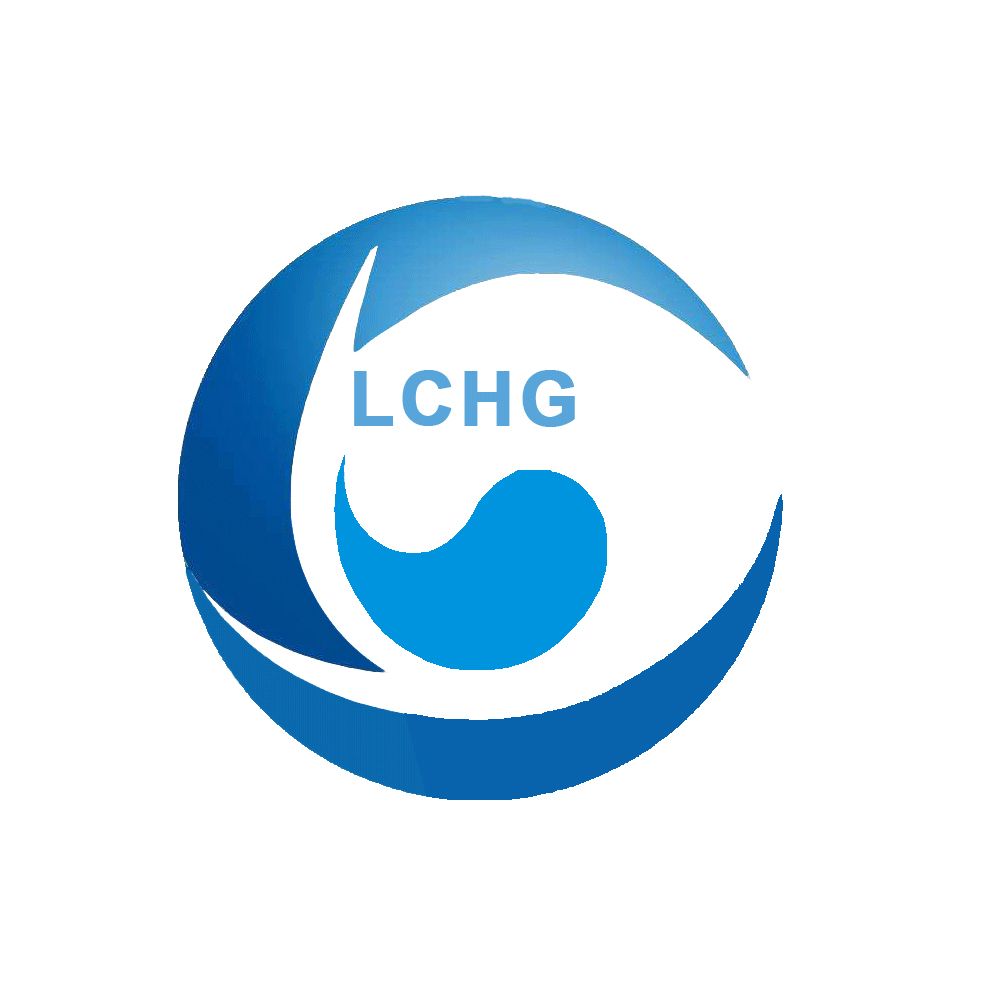Research progress of tetracyclic triterpenoids in neurological diseases
Tetracyclic triterpenoids are an important class of secondary metabolites with various biological activities in the plant kingdom, mostly existing in the form of free or glycosides in nature. The nervous system is the dominant regulatory system in the body, and once damaged, it is irreversible. Due to the aging of the global population, the damage of neurological diseases such as Alzheimer’s disease, Parkinson’s disease, stroke, epilepsy and other neurological diseases to human health is increasing, and the incidence rate is rising and younger. Virus attacks and other diseases will also lead to neurological damage. Natural medicines have minimal adverse reactions and significant effects, and their research and development in the field of neurological diseases have received widespread attention from scholars both domestically and internationally. However, there are currently few comprehensive reports on tetracyclic triterpenoids with neural activity. This article provides a review of tetracyclic triterpenoids with neural activity in the past five years, including structural types, plant sources, neuropharmacological activities, and structure-activity relationships, providing scientific basis and reference for drug development of neurological diseases.
Tetracyclic triterpenoids are widely distributed and have abundant resources in nature. In recent years, the literature on the pharmacological mechanisms of tetracyclic triterpenoids in neurological diseases has been increasing year by year, especially in AD, cognitive impairment, cerebral ischemic injury, and depression, where they have significant pharmacological effects. Tetracyclic triterpenoids can treat neurological diseases through various mechanisms such as reducing oxide levels, antagonizing mitochondrial apoptosis, anti-inflammatory effects, antagonizing NMDA receptors, regulating neurotransmitter levels, promoting the BDNF signaling pathway, and inhibiting the activation of the PLC/IP3R pathway. Among them, the Damatane and lanosterol tetracyclic triterpenoids have the most significant effects. It can be seen that this type of compound has great potential for future development as a drug for treating neurological diseases. The study of the structure-activity relationship of tetracyclic triterpenoids mainly focuses on the binding sites related to their interaction with NMDAR antagonists, indicating that structural modification and optimization of their glycosides and side chain glycosides can lead to highly efficient and low toxicity novel neuroactive monomeric drugs. Previous research suggests that the development of tetracyclic triterpenoid dammarane type compounds as NMDAR antagonists for the treatment of neurological disorders will be an effective pathway.
At present, research indicates that the study of tetracyclic triterpenoids as the basis of neuroactive pharmacological substances will be further deepened. On the one hand, a fast and reliable purification and enrichment method can be established, gradually adopting advanced extraction techniques such as supercritical fluid extraction and ultrasound assisted extraction. Ultra high performance liquid chromatography combined with new mass spectrometry detectors such as high-resolution mass spectrometer (HRMS), quadrupole time-of-flight mass spectrometer (QTOF), linear ion trap mass spectrometer (LTQ Orbitrap) and other liquid chromatography-mass spectrometry technologies can efficiently purify and separate. On the other hand, it is necessary to combine modern analytical techniques such as high-throughput screening and computer-aided drug design to study the structure-activity relationship, search for lead compounds of tetracyclic triterpenoids with neural activity, modify and optimize their structures in order to obtain efficient and low toxicity new compounds for new drug development and production.
In summary, tetracyclic triterpenoids have shown potential in the pharmacological mechanisms and various aspects of treating neurological diseases. It is urgent to further explore the pharmacological substance basis and deeply explore the drug action mechanism, in order to lay the foundation for the clinical treatment of neurological diseases.
